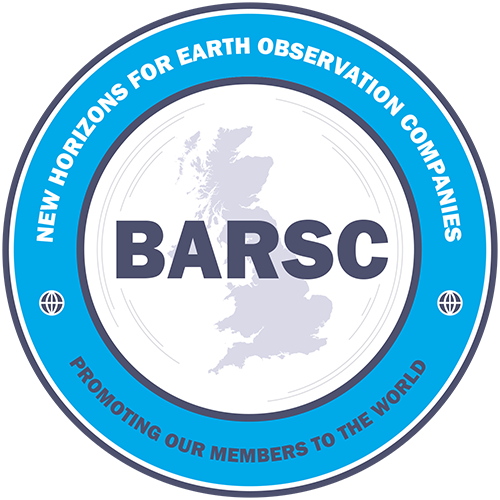DMC International Imaging (DMCii) has signed an agreement with Kongsberg Satellite Services (KSAT) that will increase the volume of imagery acquired and the speed in which it can be delivered. The new facilities in Svalbard have allowed DMCii to receive 30% more data from day one, with the scope for significant further expansion in the future.
Under this agreement, KSAT will deliver a complete ground station service to DMCii, including the provision of hardware, and delivery of data to DMCii’s headquarters in the UK. The Svalbard ground station is uniquely placed near the North Pole to provide maximum downlink opportunities from polar-orbiting satellites, such as those operated by DMCii. Whilst an antenna near the equator might get 2 or 3 passes of a satellite over it in a day, antennas at Svalbard get 14 passes a day so satellite data can be downlinked every 90 minutes. A high speed data link between Svalbard and DMCii headquarters will speed up the delivery time of satellite imagery.
Dave Hodgson, Managing Director of DMCii, said:“Timeliness of information is of vital importance to our customers and is a key differentiator of our imagery services. The improved downlink has significantly upgraded data delivery times and has already made 30% more imagery available, further improving capability for change detection applications. This will become more important as the capacity of our satellites to acquire data expands in the near future.”
Rolf Skatteboe, President of KSAT, said: “Kongsberg Satellite Services (KSAT) is pleased with the opportunity to work together with DMCii and deliver an efficient and flexible ground segment for DMC series of satellites; reducing the latency for DMCii customers from the largest ground station in the world for polar orbiting satellites.”
“This is a strong Anglo-Norwegian partnership that we expect to continue with future missions such as the UK’s forthcoming NovaSAR mission. The combination of timely deliveries of Earth Observation data and operational marine monitoring services is important for KSAT marine situational awareness services.”

